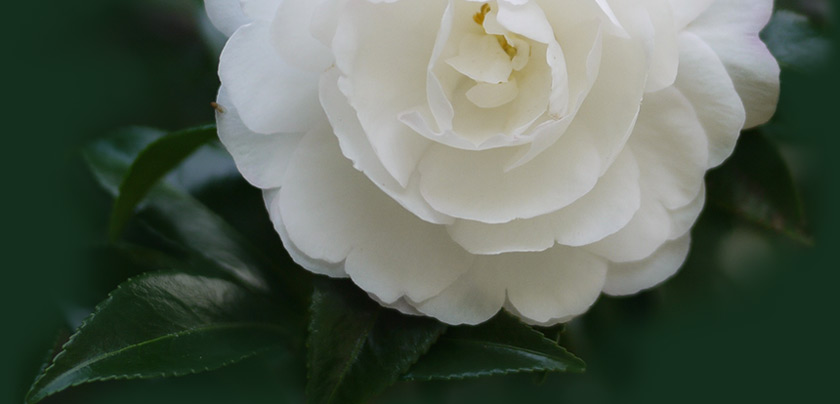Spring is here, the grass is riz ……
For some, spring is the principal camellia flowering time, so at this time we see lots of camellia shows and bloom competitions around Sydney, Melbourne, Adelaide – the cooler places. And we will be visiting the Camellias Australia National Show later this week in Melbourne.
For us in south east Queensland however, our main camellia flowering time was around 4 to 6 weeks ago. This difference just reflects climate differences. Walking around our garden this week, it is quite apparent that all the sasanquas are all done, most of the japonicas are well past their peak with some finished, some still showing a random bloom particularly the late flowerers like Midnight Magic, Cherries Jubilee. The reticulatas are still in full bloom. Also blooming are some hybrids like Nicky Crisp, Tamzin Coull, Gay Baby, Adorable.
It it is still dry and the days are getting warm, and this is the kind of weather that is just not good for our camellias. The recent westerlies are extremely drying and this results in our camellias going very soft very quickly due to the drying effect.
There is not a lot we can do about the weather, but we can choose camellias that suit our climate – and for that reason, we try to stay away from the very early flowering japonicas and the very late flowering ones.
So now that flowering is just about done, our camellias will very soon start putting on new growth. In this short window of time, we can start pruning – before the new growth starts. Prune to maintain shape, height, to thin out twiggy non productive bits, to encourage thickening growth on young plants. We can use secateurs, hand pruners or power pruners (my favourite); we can do a light tip prune, a savage ‘hatrack’ cut back, or something in between. 
Whether we prune or not, depending on what your plants require, early spring is also fertilising time. Again, fertilising before the main growth season will give our plants the best chance to uptake nutrients. We can use a myriad of fertilizers – from liquid feeds (very labour intensive depending on the number of camellias you have), slow/controlled release prills, blood and bone, Kahoona (from Neutrog) or similar. Don’t be tempted to overfertilise – just don’t.
Then mulch, mulch, mulch. Mulch suppress unwanted weed growth, insulates the soil and root zone and retains moisture in the soil. It makes a huge difference.
And then we need a good lot of spring rain. Always water after fertilising – so if you can’t conjure up 10 to 20ml of rain on command, then you need to hand water. And not just a sprinkle, a good deep water.
Our camellias are very pest free when maintained in good order, but look for aphids in new growth. Hose them off, lick your fingers and squish them, or use a systemic insecticide if you choose. Flick off white scale if you see them, use pest oil or a combination of pest oil and a systemic insecticide (organic if you can – eg neem oil) if you see tea scale.
Look for red spider mite in the upper surface of leaves – usually early summer during a dry spell. This is when you get the bronzing down the centre of the leaf. Use a miticide to break the breeding cycle.
From here, hope for summer rain – we had great summer rain last season – and enjoy your garden – in no time at all, the sasanquas will be starting to flower again.
.




We live in Melbourne and have a sunny open position. i would’ve to get a Czar camellia but our local nurseries do not stock them at present. Can you tell me where I might get one thank you
Vivienne
I cannot help as to where you might get The Czar or who might stock it. There are lots of varieties .. perhaps you might be able to source something similar.